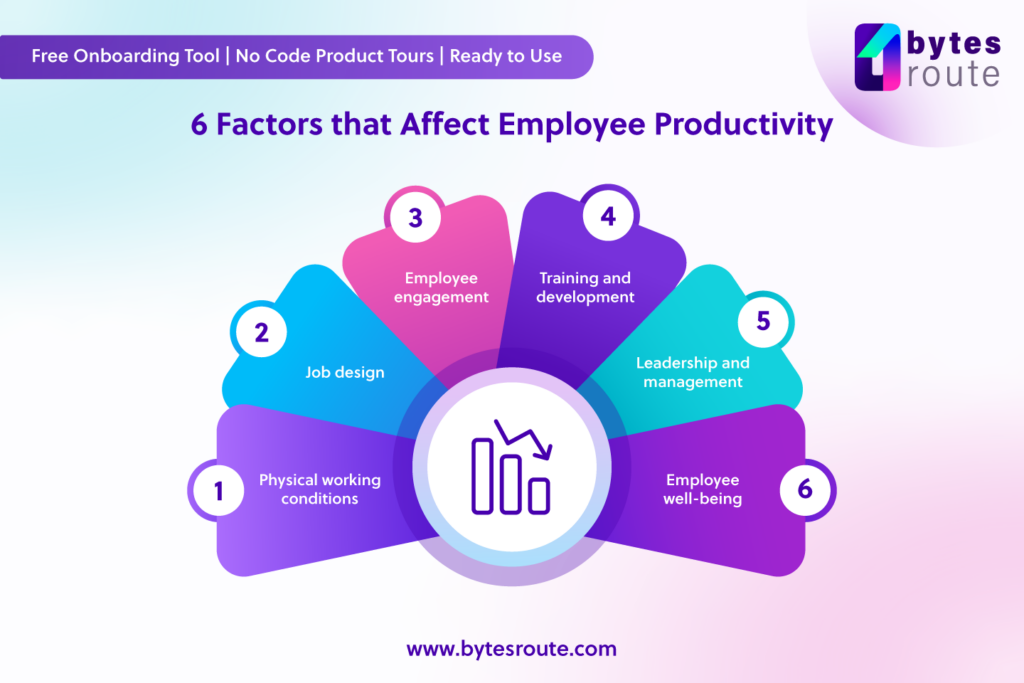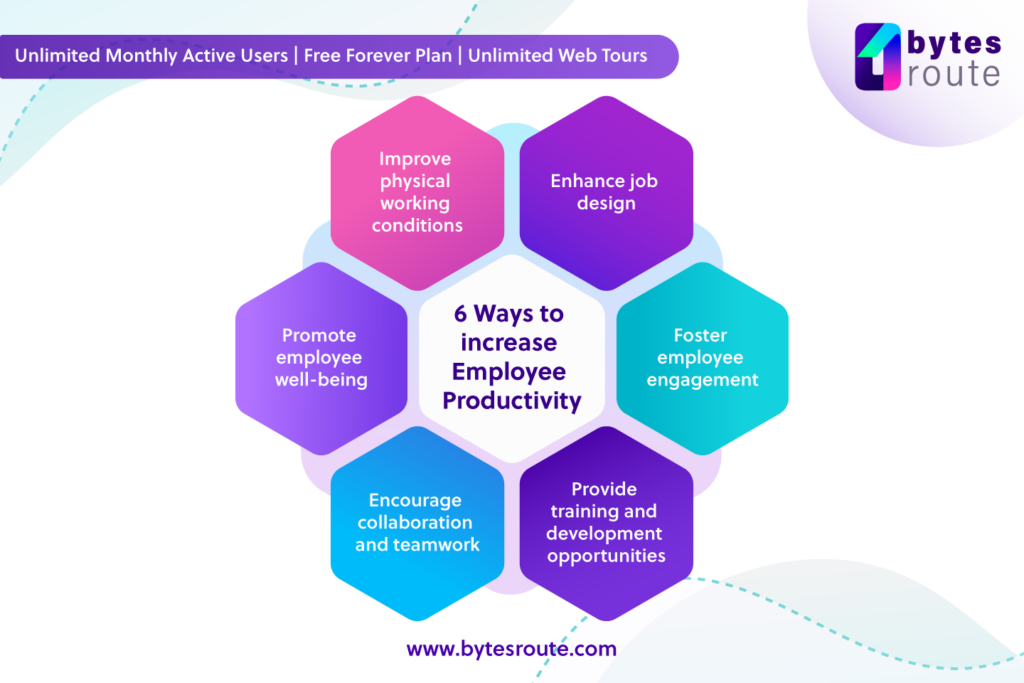What is employee productivity?
Employee productivity is a measurement of the efficiency of an individual or group of employees in completing their work. To calculate employee productivity, we can divide the total output produced by a group of workers by the total number of hours they have worked. It is important that employees are motivated to perform, as high levels of employee productivity can lead to increased profitability and competitiveness for a business. While, as we can imagine, low levels of productivity can result in decreased profits and reduced competitiveness.
The importance of employee productivity
Employee productivity is important because it is directly linked to a company’s profitability and competitiveness. When employees are productive, they are able to complete more work in a given period of time, which can help a company increase its output and generate more revenue. Additionally, increased productivity can help a company produce goods or services at a lower cost, which can improve its profitability and make it more competitive in the market.
How do you calculate employee productivity?
Create a reference point
Setting standards for what kind of work is expected from each position is the first and most significant step before measuring employees’ productivity.
Another way of putting it is that each task should be assigned a specific goal.
Therefore, both the employer and employee will have a clearer idea of what is expected of them.
Define and measure tasks
You can either use more general metrics or define specific ones that relate to essential job activities. Metrics such as client wait times, invoice volumes, sales calls made, order shipments, etc. can be very informative. Taking a collective approach to measuring productivity can be useful in some situations.
Set clear objectives and goals
Think about how the work of your employees impacts the achievement of your company’s objectives. Establish measurable goals, and conduct regular performance evaluations to assess performance.
Track individual progress
In big enterprises with many workers, the ability to monitor individual performance is of primary importance. Aiming to identify those who are actually getting things done and others who are wasting time.
What factors affect employee productivity?

There are many factors that can affect employee productivity, including the following:
- Physical working conditions: Poor lighting, excessive noise, and uncomfortable temperatures can all reduce employee productivity by making it difficult for workers to concentrate and perform their tasks effectively.
- Job design: Jobs that are boring, repetitive, or lack challenge can lead to employee boredom and reduced motivation, which can decrease productivity.
- Employee engagement: Employees who are engaged and motivated are more likely to be productive than those who are disengaged or unmotivated.
- Training and development: Employees who are well-trained and have opportunities for professional development are more likely to be productive than those who are not.
- Leadership and management: Effective leaders and managers can inspire and motivate their teams, which can lead to higher levels of productivity.
- Employee well-being: Employees who are physically and mentally healthy are more likely to be productive than those who are not.
Overall, there are many different factors that can affect employee productivity, and it’s important for organizations to carefully consider these factors in order to create a work environment that promotes productivity and efficiency.
6 Ways to increase employee productivity in the workplace

There are several ways that organizations can increase employee productivity in the workplace, including the following:
- Improve physical working conditions: Providing a comfortable and ergonomic work environment can help to improve employee productivity by making it easier for workers to concentrate and perform their tasks effectively.
- Enhance job design: By making jobs more interesting, challenging, and rewarding, organizations can increase employee motivation and engagement, which can lead to higher levels of productivity.
- Foster employee engagement: Engaged employees are more motivated and committed to their work, which can lead to higher levels of productivity. Organizations can foster employee engagement by providing opportunities for growth and development, recognizing and rewarding good work, and creating a positive and inclusive work culture.
- Provide training and development opportunities: Investing in training and development programs can help employees to learn new skills and knowledge, which can increase their productivity and enable them to take on more challenging and rewarding tasks.
- Encourage collaboration and teamwork: By fostering a culture of collaboration and teamwork, organizations can create an environment where employees can support and learn from one another, which can increase productivity and efficiency.
- Promote employee well-being: Providing support for employees’ physical and mental health can help to improve their overall well-being and increase their productivity. This can include offering wellness programs, providing access to mental health resources, and promoting a healthy work-life balance.